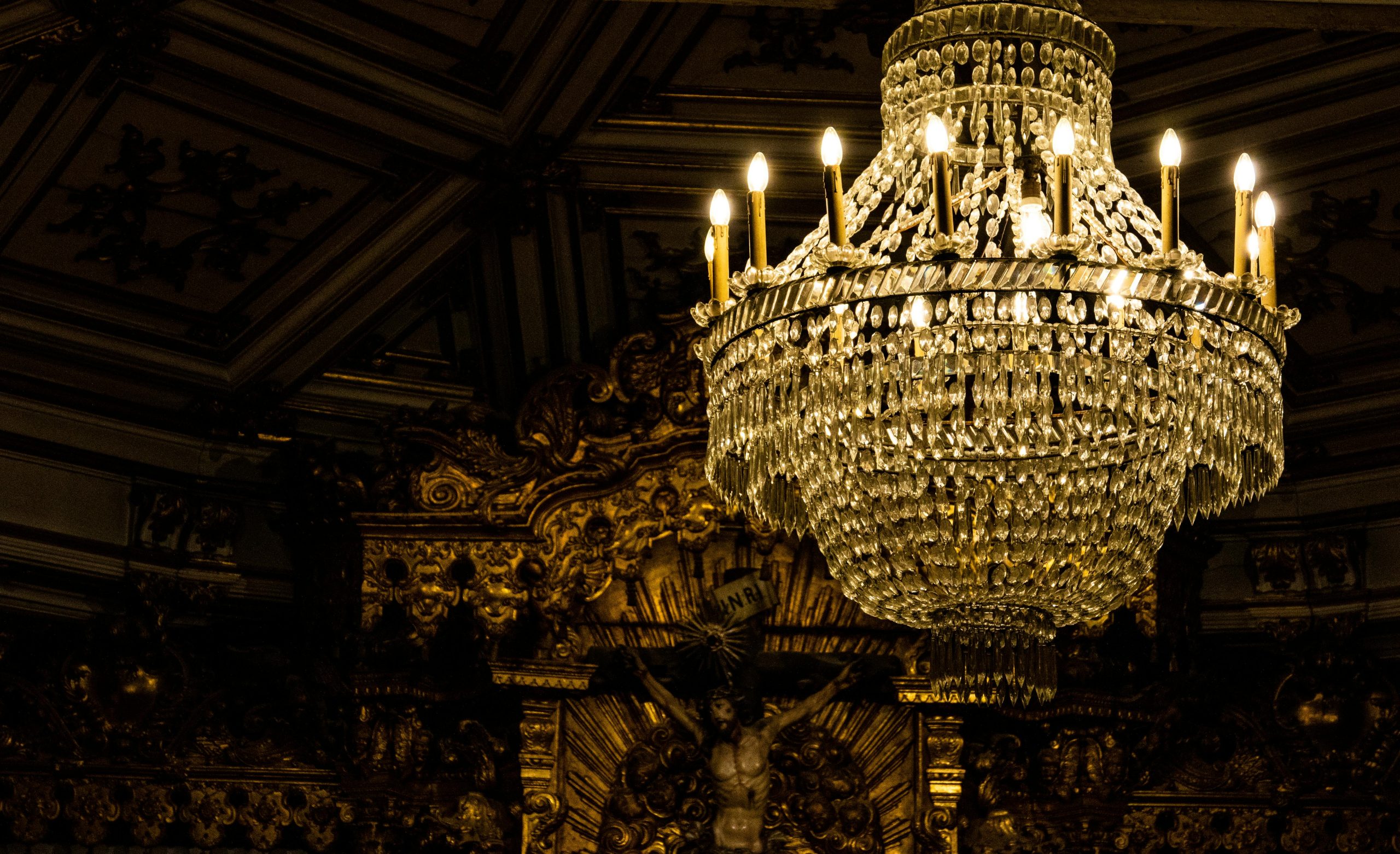Upgrading your foyer or dining room with a new chandelier is one of the most dramatic ways to enhance a home’s ambiance. Though installing a chandelier may seem like a daunting task, it’s actually relatively simple and requires few tools. Before you start, make sure the power is off at your breaker box and that you have read the manufacturer’s directions for the fixture. Depending on the style of the chandelier, you will also need either a wire stripper or pliers to remove the insulation around electrical wires.
Determine the size of the space in which you want to hang your chandelier Thetoplamp and then select a fixture that fits that space. A fixture that is too small will look out of place, while one that is too large will overwhelm the area and not provide sufficient light for the task at hand. If your chandelier is going to be hung over a table, take the width or diameter of the table into account when determining the size of the fixture to install.
Once you have decided on the dimensions of the fixture, find the corresponding length and width of the chain. Using this information, you can calculate the appropriate height at which to hang your chandelier. This height should be between 30″ and 34″ from the tabletop so that guests can easily socialize and converse while still having enough room to reach the lowest edge of the fixture.
When selecting a fixture to hang in a foyer, you should also keep the size of the entryway in mind. A chandelier that is too small for a foyer can create an awkward or unattractive space, while one that is too large can overpower the area and become difficult to move around. A common rule of thumb is to image that you are reaching from the top of the staircase railing to touch the fixture — this should be about the same distance as the lowest edge of the chandelier once it has been installed.
Obtain an assistant to help you disassemble the chandelier by unscrewing the mounting bracket and disconnecting the wires from the ceiling junction box. Be careful not to drop the chandelier; it is heavy and may cause injury if it hits someone in the head. Check that the wires are not live by touching a circuit tester to them. If the wires are not hot, cut them to the same length and connect them together by twisting them into a wire connector. Connect the black insulated wire from the ceiling box to the corresponding bare wire on the chandelier, then cover them with a wire connector.
Reconnect the wires to the ceiling box and replace the mounting bracket. Screw the escutcheon back on and reconnect the grounding wire if you added one (see the installation instructions for details). Restore power to the circuit and then switch on your lights. If the fixture is not working, deactivate the power to the circuit again and try again. If the problem persists, contact a licensed electrician for further diagnostics and repairs.

